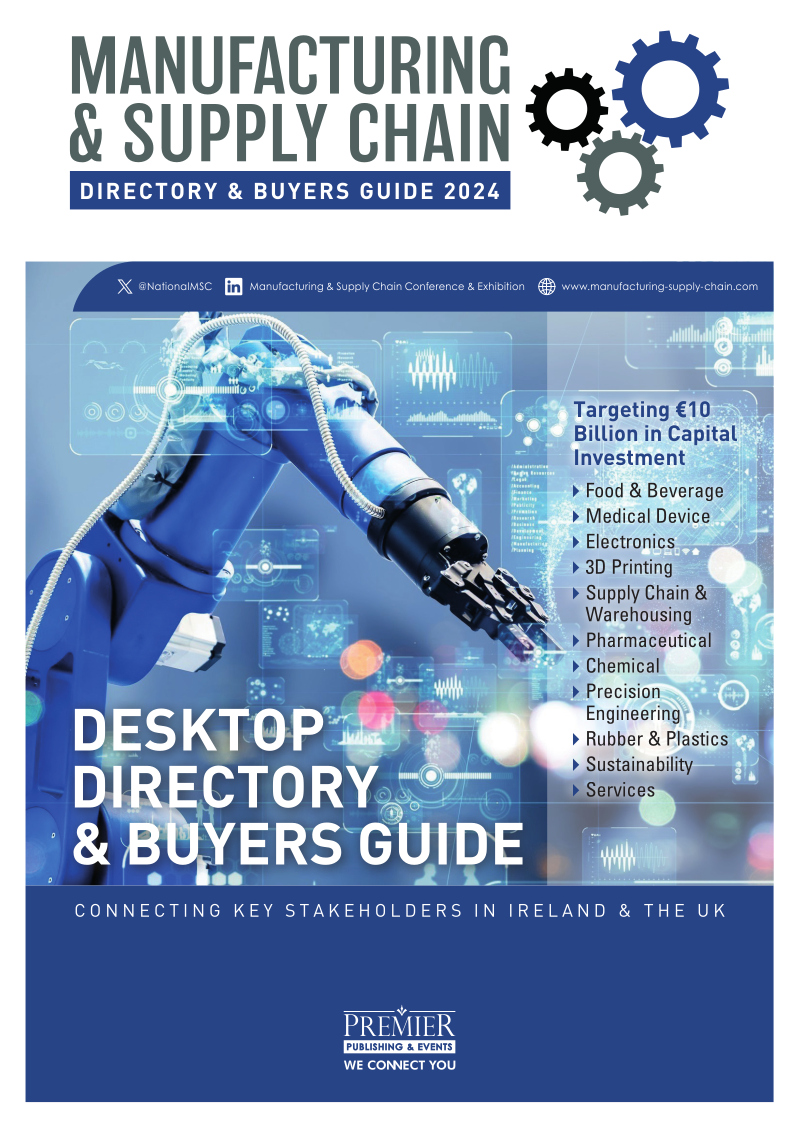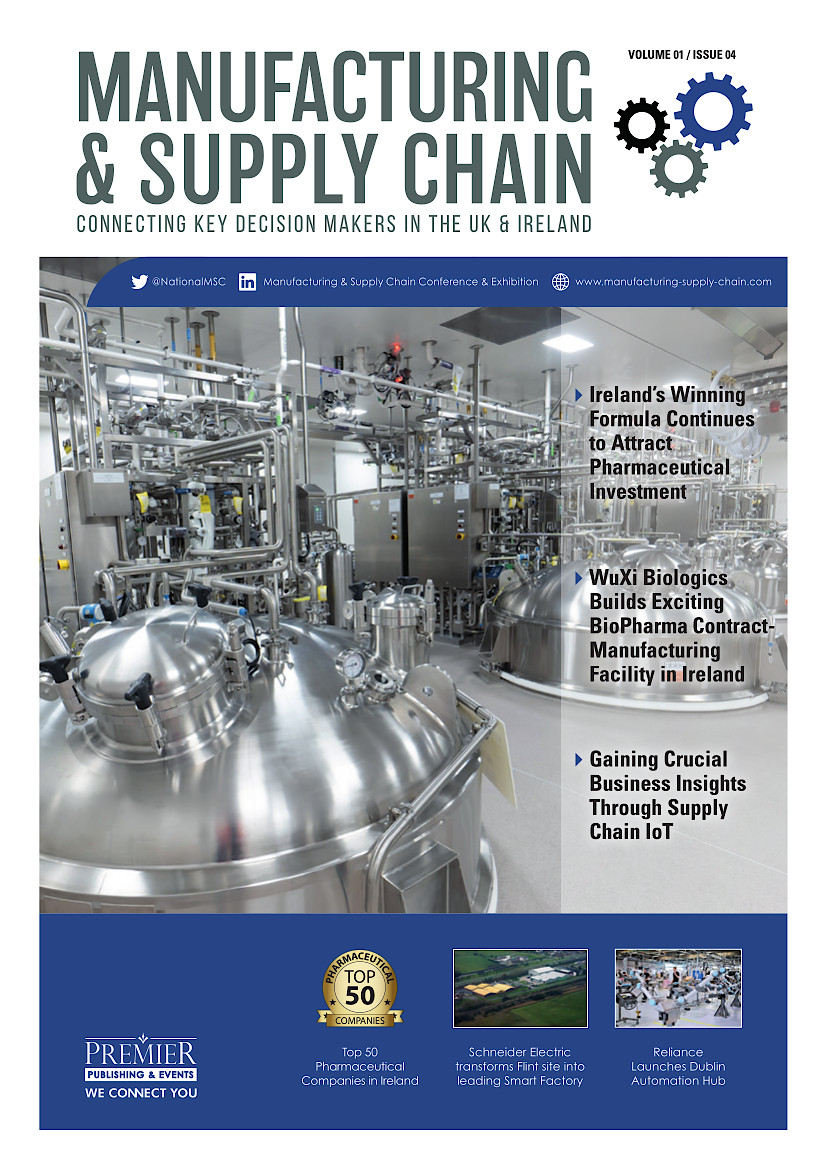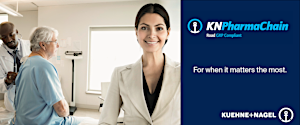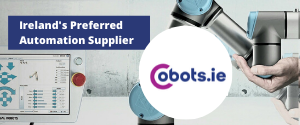Launch of working group to help shape the future of UK airspace

The future flight challenge has launched a new industry working group, focusing on the emerging generation of vehicle types and the challenges of integrating these vehicles into UK airspace. The Future Aviation Industry Working Group on Airspace Integration (FAIWG:AI) was constructed by UK Research and Innovation (UKRI) working alongside:
- Department for Transport (DfT)
- Civil Aviation Authority (CAA)
- Connected Places Catapult (CPC).
It brings together stakeholders from industry to help provide input and insight to government strategy and regulatory policy for integrating these new vehicle types in UK airspace.
The emerging vehicle types represented by FAIWG:AI will be:
- uncrewed aircraft systems and drones
- advanced air mobility (AAM) such as electric vertical take-off and landings
- hybrid and electrical regional aircraft.
The main voice for airspace integration needs of future flight vehicles
The FAIWG:AI aims to:
- be the prime voice for airspace integration requirements across the future flight sector
- play a role in the future development of solutions and standards to assist airspace integration.
It will:
- foster collaboration within the sector as the airspace strategy continues to develop.
- inform and respond to government and regulatory strategies, including the UK airspace modernisation strategy
- collaborate with these policy makers on solutions, standards and specifications to support this integration across the sector
- provide a clear, consensus-based plan to government by the end of 2022 for the safe integration of these new vehicle types into UK airspace.
This will allow commercial services to begin no later than 2025, with a clearly defined path to sustainable growth to 2030 and beyond. Commercial services mean that the benefits of these new vehicles can start to be realised in practice for everyone in the UK.
Working group members
An expression of interest process was run by the founding entities to establish broad representation across industry associations, technology companies and a range of other relevant areas.
These include:
- academia
- software and systems
- trade bodies
- operators
- communication technology companies
- end users.
Following a decision-making process, the appointments are:
- Co-chair: Vicki Murdie, UKRI Future Flight Challenge
- Co-chair: Andrew Macmillan, Vertical Aerospace
- Secretariat: David Pounder, Connected Places Catapult
- Ajay Modha, Anra
- Andy Sage, National Air Traffic Service (NATS)
- Andy Smith, Loganair
- Chris Gee, Connected Places Catapult
- Craig King, CAA (Airspace Modernisation Strategy Team)
- Craig Lippett, Animal Dynamics
- Dan D’Silva, Department for Transport
- Dave Pankhurst, BT
- Graham Brown, Association of Remotely Piloted Aircraft Systems (ARPAS)
- Hannah Tew, Connected Places Catapult
- James Bell, CAA (Innovation Hub Team)
- Jim Scanlan, Shared Airspace Council and University of Southampton
- Luke Bonnett, Aerospace, Defence, Security and Space group (ADS)
- Mark Westwood, Cranfield University and the Drone Industry Action Group (DIAG)
- Nicola Ridd, Department for Transport
- Phillip Binks, Altitude Angel
- Ronald Liebsch, Volocopter
- Simon Brown, TekTowr and the Institute of Engineering and Technology
- Simon Whalley, Skyports
- Tania Roca, Airport Operators Association (AOA) and Industry Coordination for the Airspace Modernisation Strategy (ICAMS)
Collaboration is a vital element of the working group to create stronger relationships between industry, academia, technology and authorities.
The members will draw on their own organisations and networks to bring input from others and best represent this sector. Where appropriate the group will also reach out to other airspace user communities.
Outputs of the working group
With this approach, the FAIWG:AI will create outputs such as plans, roadmaps, value propositions and recommendations for common standards to inform development and scaling.
The group will also develop tactical and commercialisation opportunities for the sector linked to a more integrated airspace strategy.
Find out more about UKRI’s future flight challenge.
Developing the collaborative thinking
Vicki Murdie, Innovation Lead for UKRI’s Future Flight challenge and Co-Chair of the FAIWG:AI, said: “The emerging technologies for new forms of aircraft offer exciting developments for the future of travel and logistics, providing an opportunity to address essential needs.
“Successfully integrating an innovative and fully functioning system of remotely piloted aircraft, advanced air mobility and hybrid regional vehicles into UK airspace has huge potential benefits.
“This new eco-system can solve some of the most challenging issues for remote communities, emergency services, transport and travel.
“Working together with the DfT, CAA and CPC on the launch of the FAIWG:AI represents a landmark moment for enabling the future flight strategy in the UK. It is a vital collaboration between leading industry voices from diverse backgrounds across this sector.
“It will help develop the collaborative thinking required to set new airspace integration plans on the right footing. I’m looking forward to tackling the key objectives we’ve set, as well as understanding the ideas and opportunities from across the new FAIWG:AI members.”


























